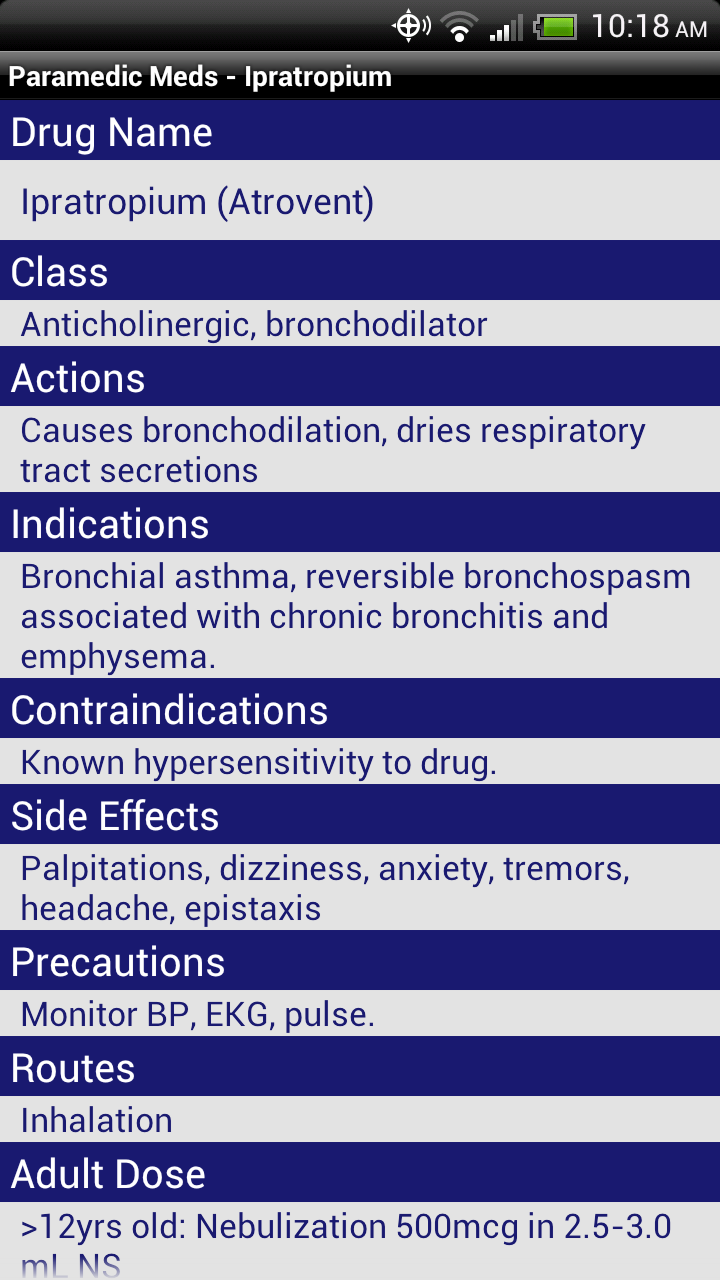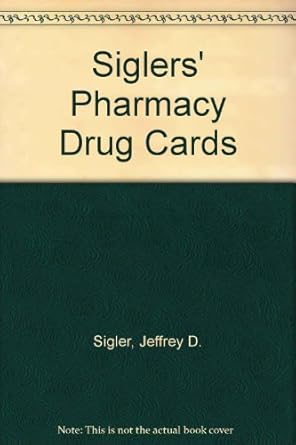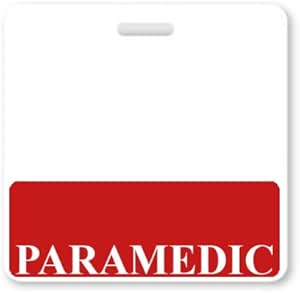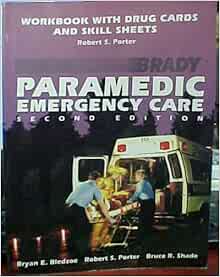In the fast-paced and often unpredictable environment of pre-hospital care, paramedics face a multitude of challenges that demand quick thinking, efficient communication, and effective decision-making. Among these challenges, one crucial aspect of patient care is the administration of medications. Drug cards, which serve as concise references for medications, dosages, indications, and contraindications, play a pivotal role in enhancing patient care within paramedicine. This article delves into the significance of drug cards, how they improve patient outcomes, and their implementation in paramedic practice.
Understanding Drug Cards in Paramedicine
Drug cards are typically laminated cards or digital applications that provide essential information about medications. They are designed for quick access and easy comprehension, allowing paramedics to make informed decisions in high-pressure situations. The information included on drug cards typically encompasses:
- Medication Name: The generic and trade names of the drug.
- Indications: Conditions or symptoms that the medication is approved to treat.
- Dosage: Recommended dosages for various age groups and conditions.
- Administration Routes: The ways in which the drug can be administered (e.g., orally, IV, IM).
- Side Effects: Common and serious side effects associated with the drug.
- Contraindications: Situations or conditions where the drug should not be used.
- Interactions: Information on potential drug interactions.
Why Drug Cards Matter in Paramedicine

In the realm of paramedicine, the rapid assessment of patient needs is paramount. Drug cards enhance patient care through various means:
1. Quick Reference
Drug cards serve as immediate references that can be consulted in seconds. This quick access to critical information can significantly reduce the time spent searching for drug details, thereby expediting patient care. For instance, in a case of anaphylaxis where epinephrine is required, a paramedic can swiftly refer to the card to confirm the appropriate dosage and administration route.
2. Reducing Medication Errors

Medication errors can have dire consequences in emergency medical situations. Drug cards help minimize these errors by providing clear, standardized information. A study published in the *Journal of Paramedic Practice* found that the use of drug cards in training reduced medication error rates among paramedics by 30% during simulated emergency scenarios.
3. Enhancing Pharmacological Knowledge

Drug cards not only serve as references but also as educational tools. They reinforce learning and encourage paramedics to familiarize themselves with various medications. This knowledge is vital, as paramedics are often the first healthcare professionals to arrive at a scene.
Case Studies: The Impact of Drug Cards on Patient Care
Numerous case studies highlight the effectiveness of drug cards in improving patient care outcomes. Here are two notable examples:
Case Study 1: Cardiac Arrest Management

In a study conducted in a metropolitan area, paramedics utilized drug cards during a cardiac arrest intervention. The results showed:
- A 25% increase in the correct administration of antiarrhythmic drugs.
- A 40% reduction in the time taken to administer medications.
- Improved overall patient survival rates upon arrival at the hospital.
This case underscores the importance of having quick access to drug information, particularly in life-threatening scenarios.
Case Study 2: Pediatric Emergencies
Another study focused on pediatric emergency care, where drug cards tailored for children were implemented. Key findings included:
- Increased confidence among paramedics in administering pediatric medications.
- Reduction in dosing errors related to weight calculations by 50%.
- Higher satisfaction rates from parents regarding the care provided to their children.
These findings illustrate how drug cards can be adapted to meet the specific needs of different patient populations, thereby enhancing care quality.
Implementing Drug Cards in Paramedic Practice
To maximize the benefits of drug cards in paramedicine, effective implementation strategies are essential. Here are some steps to consider:
1. Customization and Localization

Drug cards should be customized to reflect the specific medications and protocols used by a particular EMS agency. This localization ensures that paramedics have access to the most relevant information for their operational context.
2. Regular Updates
Medications and treatment protocols are constantly evolving. Regularly updating drug cards to include new medications, updated dosages, and revised guidelines is crucial in maintaining their effectiveness.
3. Training and Familiarization
Paramedics should receive training on how to effectively use drug cards. Familiarization sessions can enhance their confidence in using this resource during emergencies.
4. Integration with Technology

With advancements in technology, integrating drug cards into electronic health record (EHR) systems or mobile applications can streamline access and ensure real-time updates. This integration can lead to even greater efficiency in paramedic practice.
Challenges and Considerations
While drug cards offer numerous benefits, several challenges must be addressed:
- Overreliance on Cards: Paramedics may become overly dependent on drug cards, leading to a decline in pharmacological knowledge.
- Information Overload: A poorly designed drug card with too much information can be overwhelming and counterproductive.
- Standardization Issues: Variability in drug card formats across different agencies can lead to confusion.
To mitigate these challenges, agencies must prioritize training and standardization while promoting a culture of continuous learning.
In the realm of paramedicine, enhancing patient care is a multifaceted endeavor that requires effective tools and resources. Drug cards play a critical role in this process by providing paramedics with essential information at their fingertips. By facilitating quick reference, reducing medication errors, and enhancing pharmacological knowledge, drug cards contribute significantly to improved patient outcomes. As paramedic practice continues to evolve, the implementation of drug cards, coupled with ongoing training and technological integration, will remain vital in ensuring that paramedics deliver the highest standard of care in emergency situations. Embracing these tools not only empowers paramedics but ultimately leads to better health outcomes for patients in critical need.

